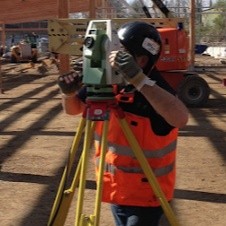Day 1
(6 hour training + 1 hour break)
- Introduction to the course
- What’s in the box
- Set up the total station over a point
- Carry out the relevant calibration checks (horizontal and vertical collimation error, trunnion axis, prism constant, optical/laser plummet, diaphragm orientation)
- List the sources of error when using a total station
- Set jobs into the total station and input work data
- Understand prism constants and how they impact upon accuracies
- Measure the horizontal distance and level differences between points using the tie-distance function
- Practise setting up the total station at the correct working height for the individual. Setting the total station up over a point. Measuring distances learning about the different prism types and constants
- Sighting targets. Using reference line & tie distance programs. Set up a local grid then carry out a resection
There will be no more than four people in the teaching group this allows everyone the opportunity to spend as much time as possible behind the total station learning how to operate & get familiar with the programmes and setting up the total station correctly.
Day 2
- Use techniques for improving and checking your accuracy and precision
- View, edit, add and delete data
- Create a local coordinate system for a building on gridlines
- Describe a range of methods for plumbing columns and walls
- Set-up the position and orientation of the total station using the resection or occupied point programs
- Practise setting up the total station at the correct working height for the individual. Setting the total station up over a point. Measuring distances learning about the different prism types and constants
- Sighting targets. Using reference line & tie distance programs. Set up a local grid then carry out a resection
There will be no more than four people in the teaching group this allows everyone the opportunity to spend as much time as possible behind the total station learning how to operate & get familiar with the programmes and setting up the total station correctly.
Day 3
- Discuss what programs to use when – personal preference
- Set out points of known co-ordinates using the stake out function
- Set out points in relation to a given line using the reference line function-
- Set out points at a given chainage and offset along a radius, e.g. road centrelines using the reference arc function
- Practise setting up the total station at the correct working height for the individual. Setting the total station up over a point. Measuring distances learning about the different prism types and constants
- Sighting targets. Using reference line & tie distance programs. Set up a local grid then carry out a resection
There will be no more than four people in the teaching group this allows everyone the opportunity to spend as much time as possible behind the total station learning how to operate & get familiar with the programmes and setting up the total station correctly.
A little bit about me
and my previous work
I have been a site engineer for over 19 years working in construction – specialising in the alignment of erected steelwork with theodolites, progressing to total stations – robotics & laser scanners. Using AutoCAD software I can produce asbuilt drawings from the collected survey data that are easy to understand & presentable to the client. Using various programs within the Leica total station to gather the required information that has been requested by the client.



